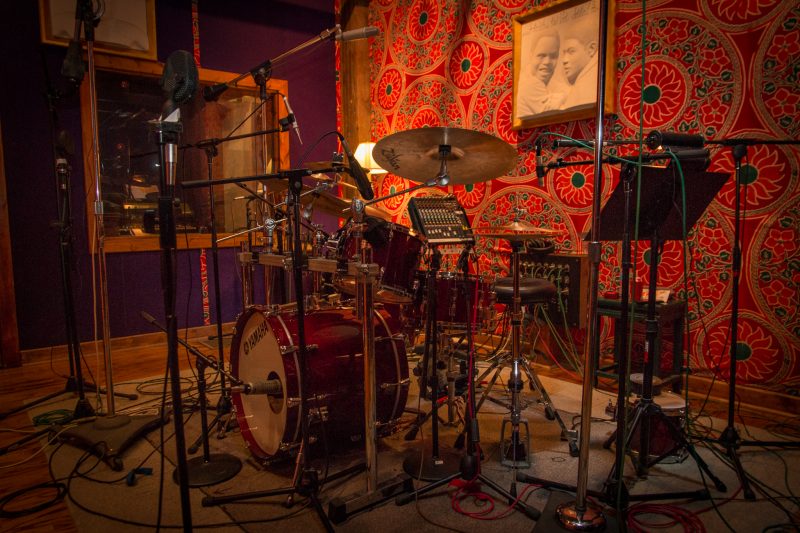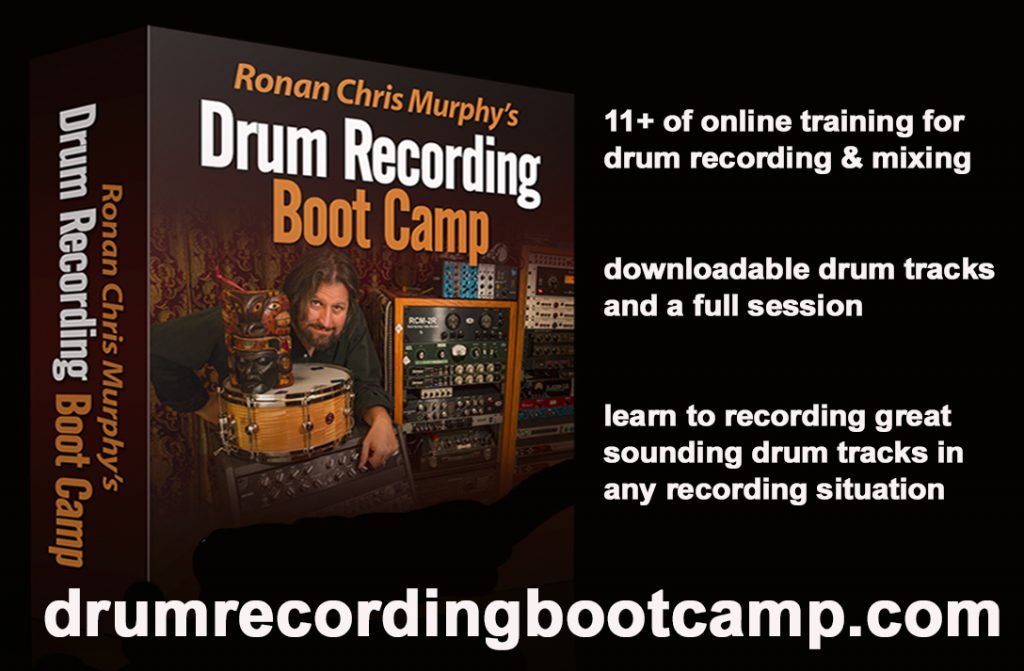A student taking my online Drum Recording Boot Camp course asked me an interesting question this week after studying the section on using samples to supplement acoustic drums in a mix. He asked:
“If you are going to use samples in the mix, why not just use drum trigger pads instead of recording acoustic drums?”
This was a good and interesting question and this is my answer:
1) When I am tracking drums I am trying to do it in a way where using samples in the mix is not necessary. I may end up using them for creative reasons (or, to be honest, if I do not get the recorded sound as good as I had hoped). The hope is that drum samples will not be needed unless it is for a particular creative effect (like modern metal where “fake” is the sound they are often going for).
2) Playing a trigger pad feels different. If a drummer is not used to playing with one, I do not want him or her playing on something that might feel “weird” and mess with their performance.
3) The biggest reason is that in a mix we are often “supplementing” rather than “replacing” drums. If we are using samples to enhance consistency of drum levels or to fill in frequency ranges that might be lacking in the recorded drums, we still get to preserve some of the natural variations in level and tone that give a performance a more human feel, and we also get some of the mix advantages of using samples while preserving part of the unique personality of that drummer.
If you are interested in learning more you can check out Drum Recording Boot Camp, my 12-hour drum recording and mixing course. We still have space in the 6-day Recording Boot Camp starting in a couple of weeks.

